In the rapidly evolving business landscape, the concept of a ‘workplace’ has transcended physical boundaries, propelling us towards more dynamic, digital-first environments. Microsoft, a pioneer in shaping how we interact with technology, has been at the forefront of this transformation with its Microsoft Modern Workplace initiative. This comprehensive suite of tools and applications is not just about facilitating remote work or offering collaborative platforms; it’s a testament to the power of analytics in driving organizational efficiency and productivity. In this post, we’ll delve into how Microsoft Modern Workplace is redefining the work environment and why analytics is integral to its success.
The Evolution of the Workplace
The shift towards a digital workplace has been accelerated by various factors, including technological advancements, changing workforce demographics, and, more recently, the global pandemic. Microsoft recognized these changes early on and envisioned a workplace that is not confined by location or time zones. The Microsoft Modern Workplace suite, encompassing tools like Microsoft 365, Teams, and SharePoint, is designed to support this vision. These tools enable seamless communication, collaboration, and information sharing, essential in today’s dispersed work environments.
Related Topics:
- Exploring the Capabilities of Microsoft Copilot
- Microsoft 365 Office 365 Monitoring: How To Track a Remote Workforce
- The Microsoft Modern Workplace: Driving Productivity Through Strategic Application Use
Key Components of Microsoft Modern Workplace
Microsoft’s Modern Workplace is built on several key components:
- Collaboration Tools: Microsoft Teams, the hub for teamwork, enables real-time collaboration, video conferencing, and file sharing, ensuring that teams stay connected regardless of their location.
- Productivity Applications: Applications like Word, Excel, PowerPoint, and Outlook, provided through Microsoft 365, offer familiar productivity tools with enhanced cloud capabilities.
- Security and Compliance: With cyber threats on the rise, Microsoft provides advanced security features to protect data and comply with global standards.
- Enterprise Mobility: Solutions like Intune and Azure Active Directory ensure that employees can securely access resources from any device, anywhere.

The Role of Analytics in Microsoft Modern Workplace
Analytics is the cornerstone that transforms the Microsoft Modern Workplace from a mere collection of tools into an intelligent, adaptive solution. Here’s how:
- Data-Driven Decisions: Analytics enables businesses to make informed decisions by providing insights into employee productivity, collaboration patterns, and resource utilization.
- Personalization and Efficiency: By analyzing usage patterns, Microsoft Modern Workplace can offer personalized experiences, suggesting relevant documents, meetings, or contacts, thus saving time and boosting efficiency.
- Predictive Insights: Advanced analytics can predict trends and issues, allowing organizations to proactively address potential challenges, be it in cybersecurity or project management.
- Enhanced Collaboration: Analytics helps in understanding how teams work together, facilitating better collaboration strategies and tools alignment with team needs.
- Continuous Improvement: Ongoing analytics provide feedback on the effectiveness of tools and strategies, enabling continuous refinement and improvement.
Read more about: Microsoft Workplace Analytics: The New Norm
The Necessity of Analytics for a Successful Modern Workplace
The necessity of analytics in Microsoft Modern Workplace cannot be overstated. In a landscape where decisions need to be quick and data-driven, analytics provides the insights required for strategic planning and operational efficiency. It helps in understanding workforce dynamics, enhancing customer experiences, and optimizing processes. Without analytics, organizations risk making uninformed decisions, leading to inefficiencies and potential setbacks.
Numerous organizations have leveraged Microsoft Modern Workplace to transform their operations. For instance, a global retail chain utilized analytics within Teams to streamline communication and improve inventory management, leading to increased sales and customer satisfaction.
Microsoft’s Modern Workplace, empowered by analytics, is more than just a suite of tools; it’s a strategic asset in the modern business world. It signifies a shift towards a more connected, intelligent, and efficient way of working. As we continue to navigate the complexities of the future of work, the integration of analytics into such platforms will be paramount for success.


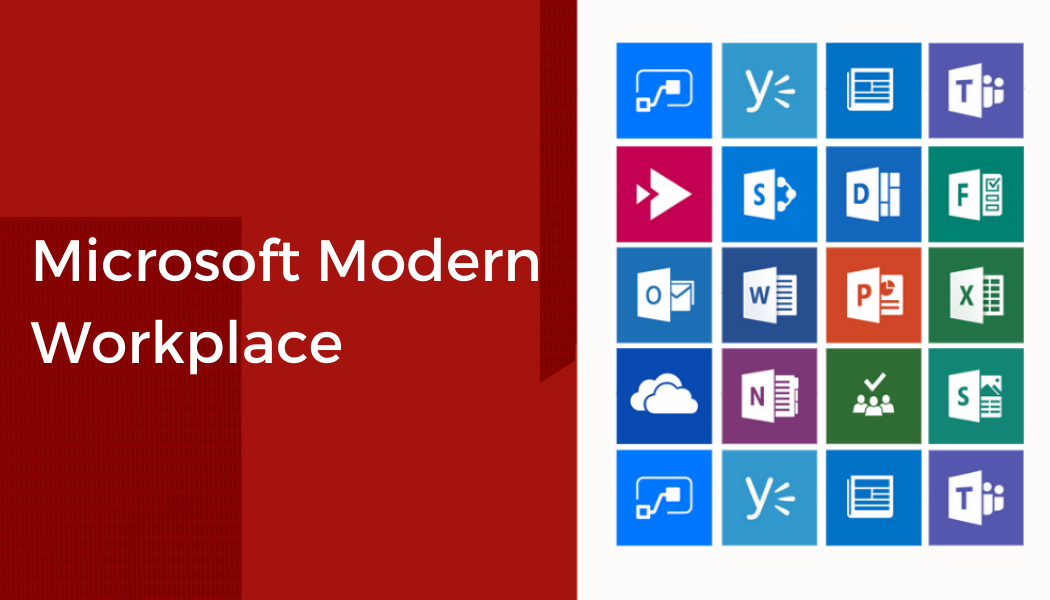



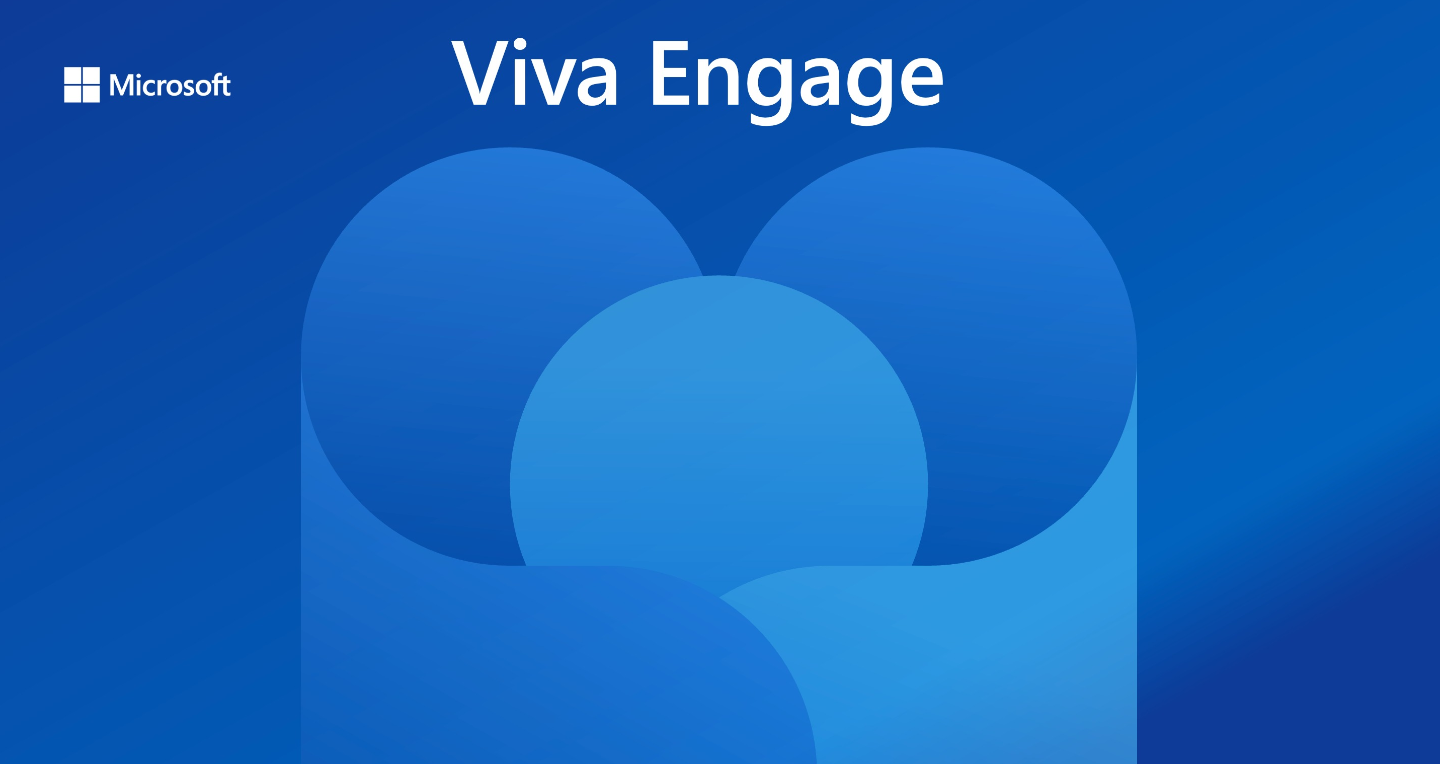

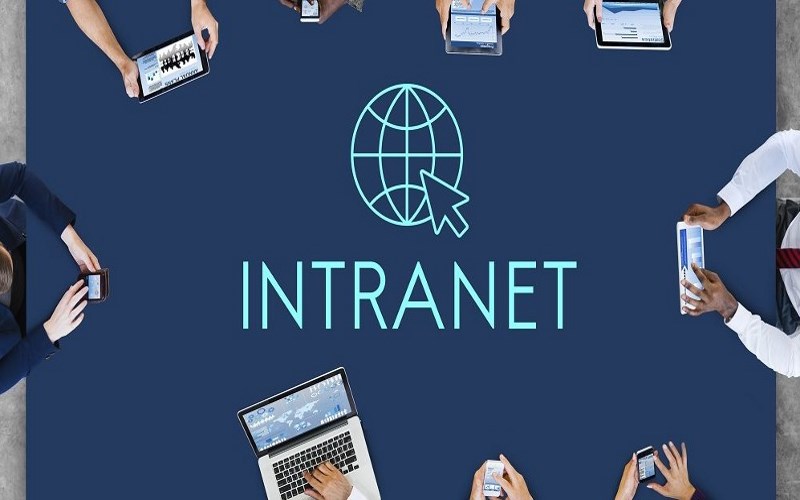

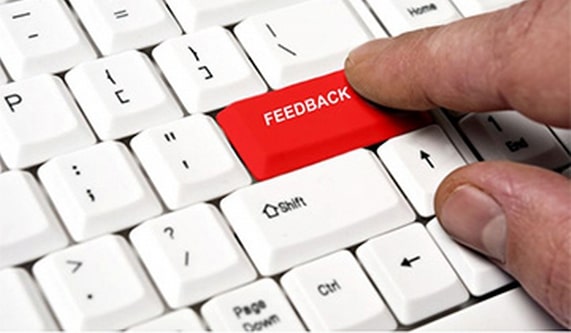

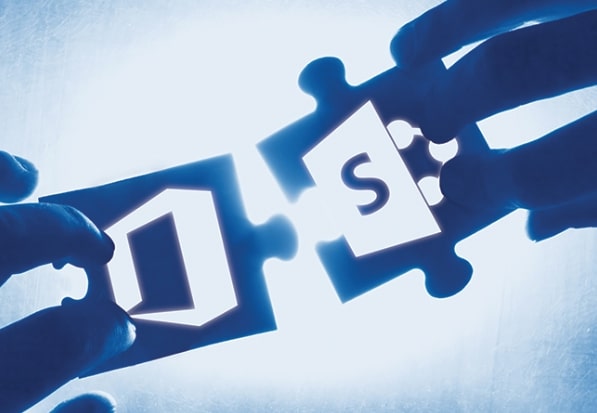

 Follow @cardiolog
Follow @cardiolog 